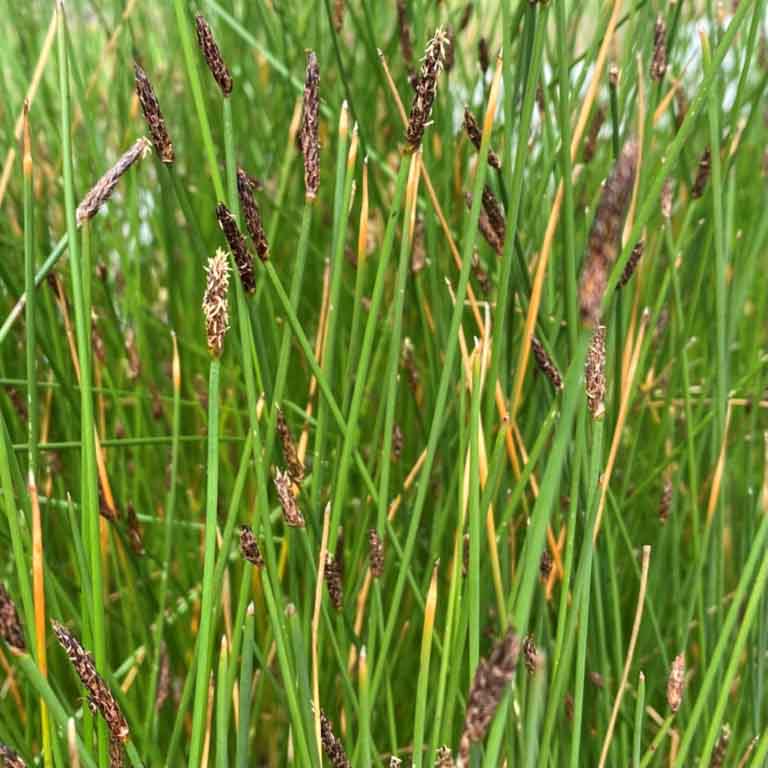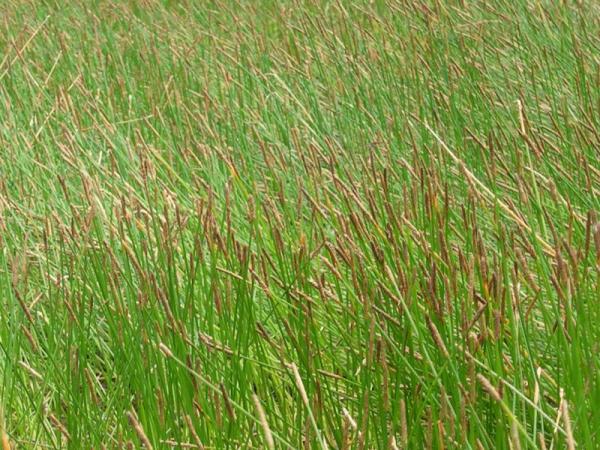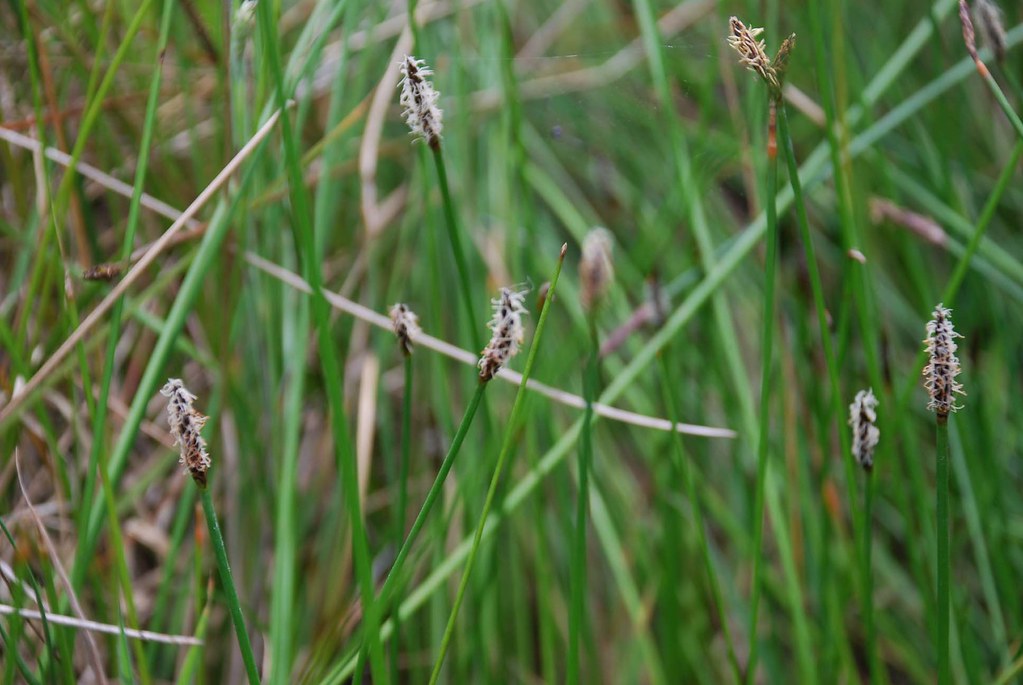Common Spikerush
weed identification
It has fine upright cylinder-shaped deep-green foliage that tapers to a fine point. Flowering stems hollow, round in cross section, triangular at tip and brown in colour. Flowers are cream/white and stringy in appearance. Typically between 0.3-0.9m tall.
It typically occurs in water or wet soil, seepage areas, freshwater lakes, creek-beds, swamps, lake margins and along watercourses.
Reproduces via seed. Flowering time: September to April.
Spreads by seed and underground stems. It is widely cultivated.
Provides habitat in dams and ponds for birds.
What does Common Spikerush look like?
Disadvantages of Common Spikerush
Can spread rapidly and form dense swards able to easily colonize shallow fresh water areas including along the edges of lagoons, dams, drainage lines and waterlogged low-lying areas.
- Dense infestations may cause deoxygenation of the water
- May outcompete other aquatic plants
- Dense infestations may cause fish and other aquatic life death
treatment
AQ200 Aquatic Herbicide + Wetting Agent – Chemical Herbicide designed to kill emergent weeds quickly. Use on mild to severe infestations.
Aquatic Weed Rake and Razor Combo – DIY physical removal. Ideal for mild infestations, sensitive water bodies or to aid herbicide treatment.
Aquatic Harvesting – Large amphibious machine that cuts and clears emergent aquatic weeds. Book this service for severe infestations or for larger water bodies.
prevention options
Aerating Fountains – Reduces the severity and likelihood of aquatic weed infestations. Use in any body of water.






